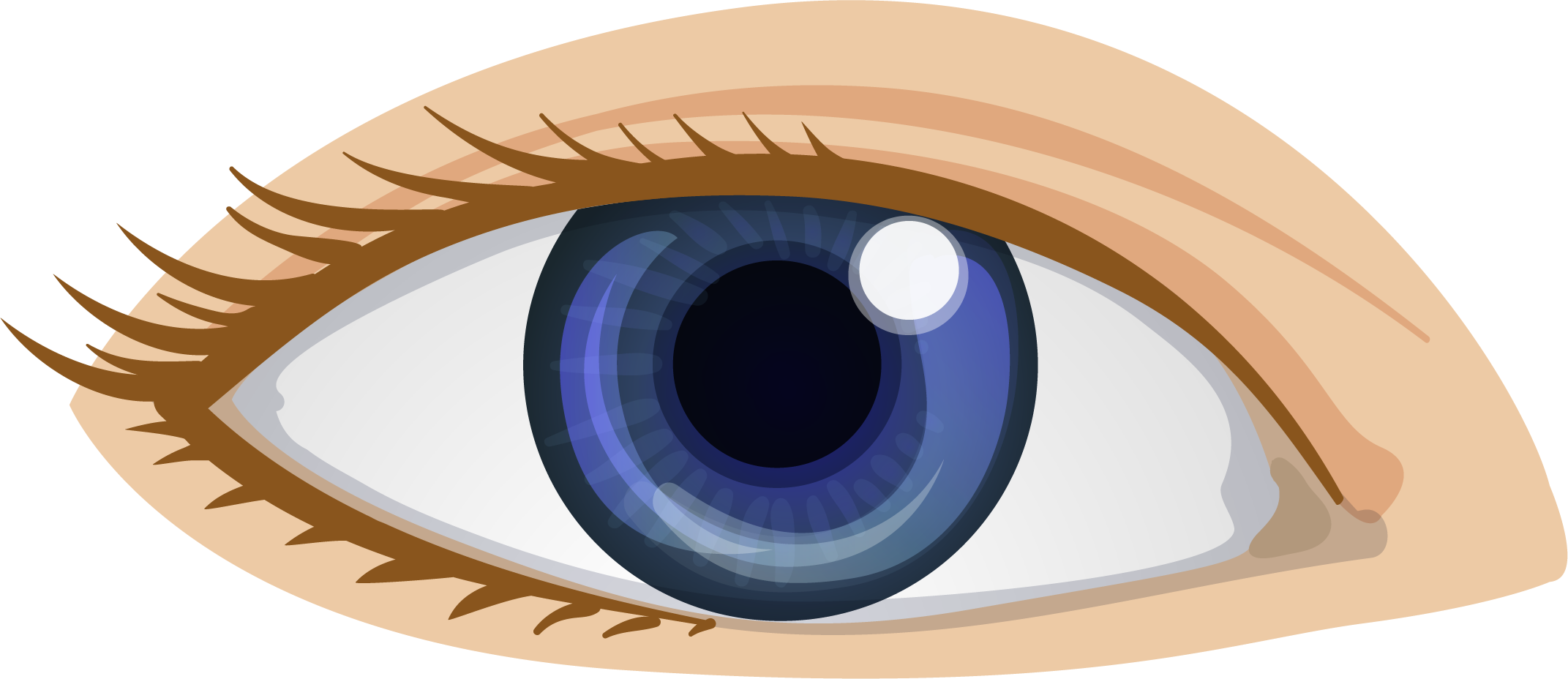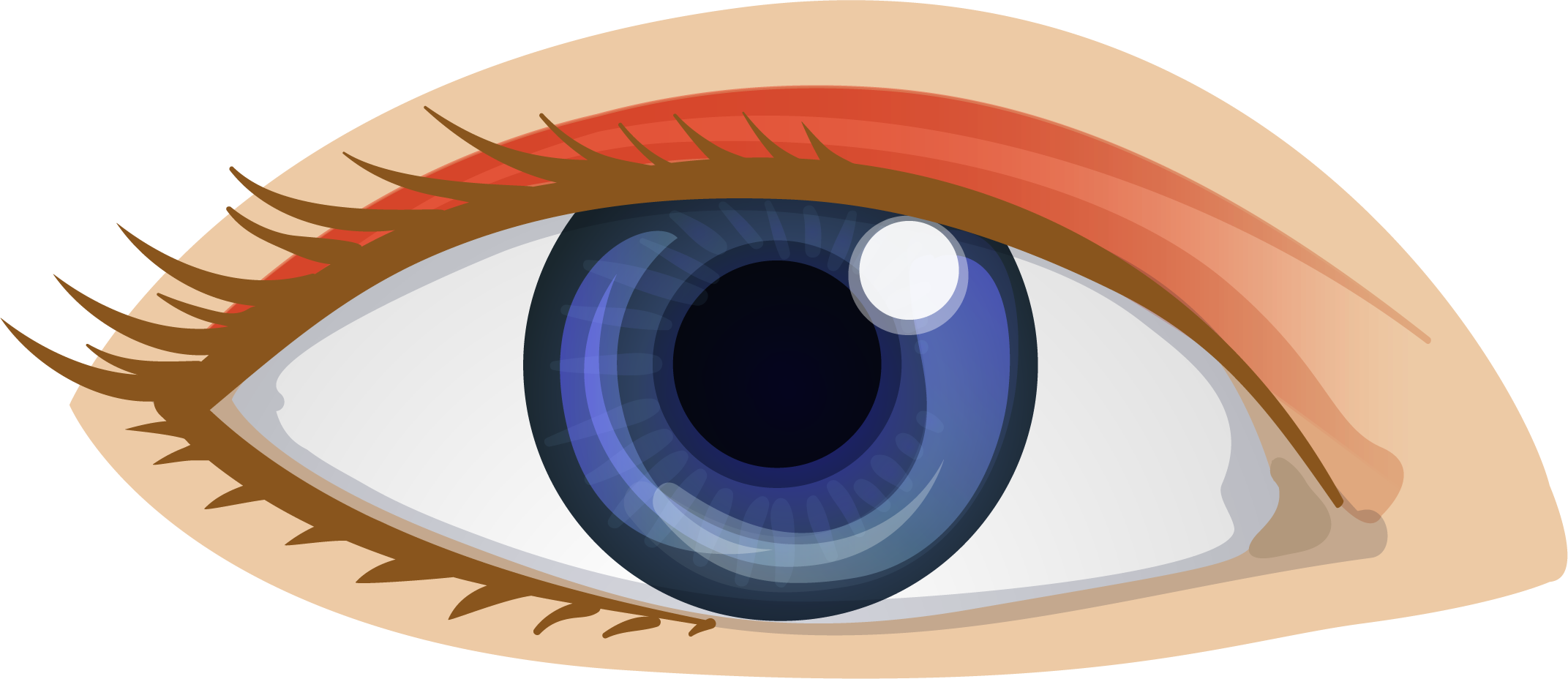Ophthalmological diseases
Here you can discover the most important eye diseases and we will help you to recognise their symptoms and tell you how each condition is treated.
Stye
What is a stye?
A stye is a pimple-like lump that forms at the base of the eyelash or under the eyelid. Due to the high concentration of sebaceous (fat-producing) glands in the area, the accumulation of these substances can lead to abscesses, and it is common for the area to appear inflamed and red and for tearing to occur. Styes are usually caused by bacterial infections when glands in the eyelid area become clogged as the result of a build-up of fats and oils, dead skin and dirt.
Although anyone can develop a stye at any time, there are factors that increase the likelihood of this happening:
- Blepharitis
- Having had a stye or chalazion previously
- Skin conditions such as seborrhoeic dermatitis or rosacea
- Diabetes or other medical problems
- Not having adequate eye hygiene habits (touching eyes without cleaning hands, wearing contact lenses without disinfecting them properly or not removing make-up before bed)

Healthy eye

Stye
Symptoms
The symptoms of stye include:
- Pain, discomfort, itching and swelling
- Red eye
- Increased tearing and discomfort when blinking
- Gritty sensation under the eyelid
- Sensitivity to light
- Discharge from the eyes
If a stye is not painful, it may be a chalazion. Chalazions result from the obstruction of the sebaceous (fat) glands in the eyelid. They are generally painless and can be treated similarly to styes, although they may take longer to heal.
Treatment
There are different treatments depending on the cause and severity of the stye:
- Warm water compresses: it is recommendable to apply local heat to the area frequently using a clean, damp cloth for 10-15 minutes, repeating the operation several times a day. The affected area can also be gently massaged. It is important not to try to squeeze, burst or remove the stye or chalazion, as this could lead to complications. It is also important to avoid wearing contact lenses and make-up while the stye persists.
- Antibiotic: application of antibiotic ointments and drops may be recommended in the event of an active bacterial infection.
- Surgery: in cases where the stye or chalazion persists, it may be necessary to make a small incision in the area to drain the accumulated pus.

